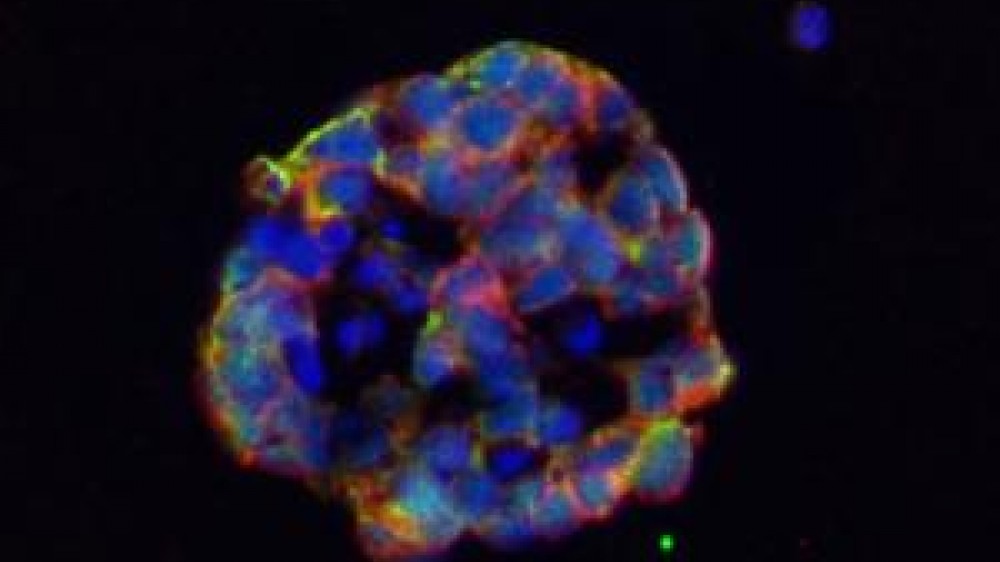Getting the 3Rs message out there

NC3Rs funded post-doctoral researcher Dr Maria Vinci, from The Institute of Cancer Research, London, tells us how she became interested in communicating her research to a wider audience and the impact this has had.
Science communication can be very different depending on the audience. During the last year and a half, on two different occasions, I have been confronted with a very special audience – politicians.
The opportunity to talk to politicians about my research came about when my former supervisor, Professor Sue Eccles, leader of the Tumour Biology and Metastasis team at The Institute of Cancer Research (ICR), asked me if I wanted to take part in a national competition called SET for BRITAIN. The competition invites early career researchers from across the UK to describe their work in a way that is accessible for non-scientists, something that I had never tried before. Each year the top entrants in Biological and Biomedical Science, Chemistry, Engineering, Mathematics and Physics are selected to present a poster of their work to politicians and a panel of expert judges in the House of Commons in March.
I went for the challenge and thought it would be great to get politicians interested in my research and the work we do at the ICR, as well as telling them more about how the work links to the 3Rs principles. However, I found that it really wasn’t easy to explain what I had been working on in plain English. My post-doctoral position had been funded by the NC3Rs on a project led by Professor Eccles and Dr Louis Chesler. The aim of my project was to establish novel in vitro 3D models to minimise the use of animals in anticancer drug development. In standard laboratory research methods, tumour cells are grown as a flat sheet on plastic dishes. However, these conditions are quite far removed from how tumour cells grow in a living body. Therefore, I had to establish and optimise new culture methods that more precisely mimicked the key features of a tumour, such as close cell-cell interactions and the ability of tumour cells to escape and invade surrounding tissue and blood vessels.
Eventually I settled on a way to explain those concepts in accessible language for the lay audience, for example “tumour spheroids” became much easier to understand when described as “micro-cancers”. I described how we are now able to grow 96 micro-cancers on a plate similar in size to a post card, and that we can use these cultures that are more physiologically relevant to test potential anti-cancer drugs and follow their response using imaging techniques.
I was shortlisted, and together with another young scientist funded by NC3Rs, Kamar Amee-Ali, from Durham University, we were selected to present our work at the House of Commons.
Presenting in parliament was a brilliant opportunity, not only on a personal level, but also for the institution that I was representing (ICR), as well as for the NC3Rs that funded my work. Although my poster didn’t win a medal, Paul Burstow, the local MP for Sutton and Cheam, came to visit me at the ICR afterwards to see the labs and hear more about my work on this. I talked to him about my research and the importance of the “micro-cancer” models to rule-out drugs that aren’t effective at an earlier stage, reducing the number of animals used in research. He seemed very interested in this work, asking questions which showed a good understanding of the issues, and he has continued to build a relationship with the ICR, including several more visits.
Are you keen to tell people more about your research? If your work is funded by the NC3Rs, you may be interested in our newly launched Public Engagement Small Awards Scheme. To find out more go to; http://www.nc3rs.org.uk/page.asp?id=2066
